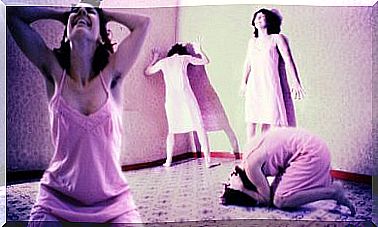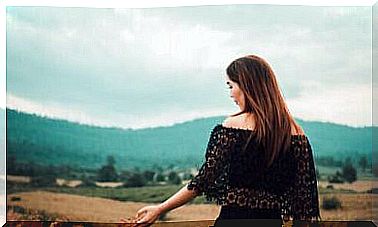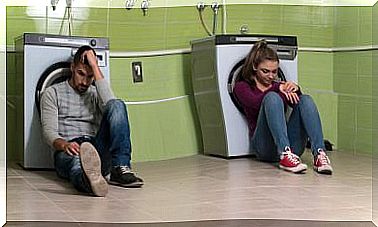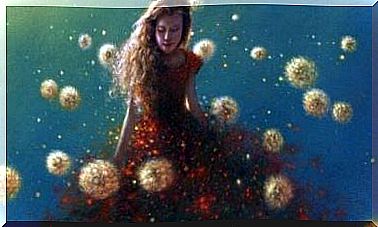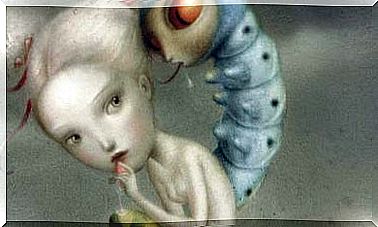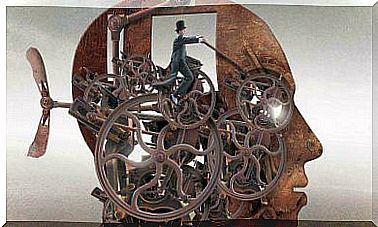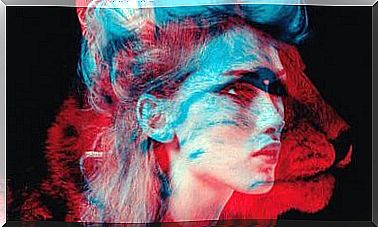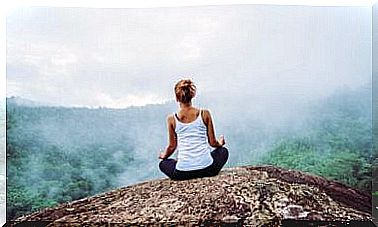The Magic Of Order Or The Awareness Of What We Have
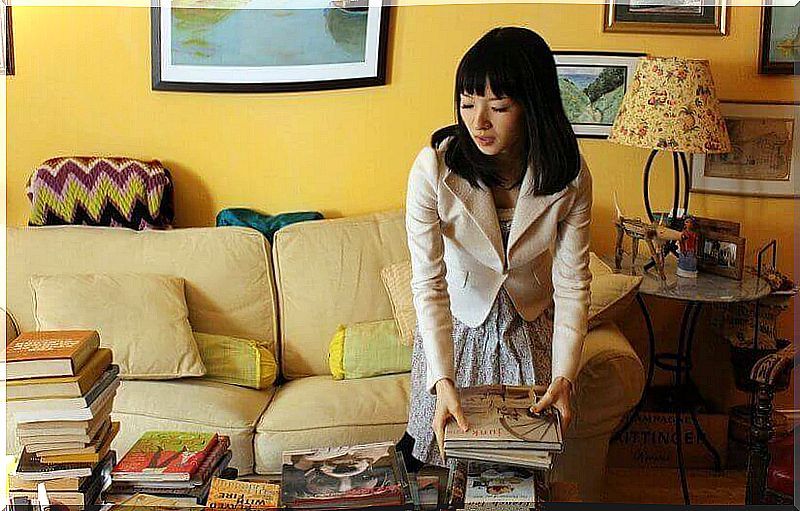
It is often said that order is the pleasure of reason while disorder is the delight of the imagination. However, for the Japanese, the art of ordering a specific space can also force us to think deeply about what we have and the need to keep only what gives us emotions, is really useful to us. and brings us joy and well-being.
If there is anyone who over the past few years has had remarkable success in teaching us how to tidy up a wardrobe or a bedroom, it is without a doubt Marie Kondo. With her book The Magic of Order , this author entered the top 100 most important people in the world according to “Times” magazine, even competing in sales with fellow compatriot Haruki Murakami.
“Order is the finest ornament in a house.”
-Pythagoras-
It is certainly worth saying that there is something hypnotic about the Konmari Method offered by this super-sales guru. It’s simple, drastic and you start with the smallest things and end with the bigger ones. Above all, it reminds us that objects also have a “soul”, that we must speak to them in order to thank them for “services rendered” and greet them very solemnly if we no longer need them.
As Westerners, this point of view may seem shocking and even ironic to us. We accumulate so many things, so many objects, memories, clothes, books and tons of paper that performing such a ritual would take us years, if not a lifetime. However, curious as it may sound, this vision has captivated the whole world and, in a way, has also helped us to think about cleaning and tidying up a fireplace differently, from an emotional point of view.
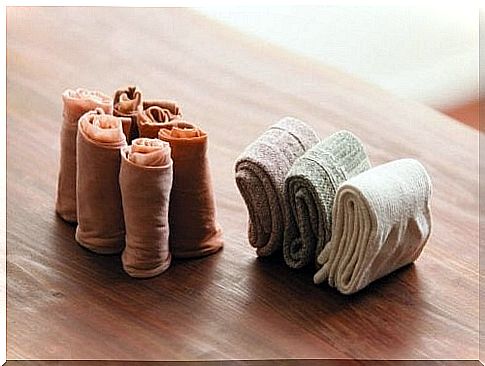
The magic of order and the stimulus of disorder
If there’s one thing we all know, it’s that tidy and tidy places inspire calm, discipline, and righteousness. It is as if places without any mess, in a way, invite us to act in accordance with this balanced provision. However, and this is where a singular point emerges, according to a study conducted at the University of Minessota, disorderly workplaces, whether due to objects or decoration, increase creativity in almost 70%. workers.
It is as if the disorder invites us to novelty, to break the established order, to find new stimuli, challenges, challenges… Does this mean that the point of view proposed from Japan is wrong… that this The order Marie Kondo is trying to sell us perhaps generates, in fact, submission, righteousness and inflexible thinking? Not at all. Behind his method actually hides an aspect that is useful to bring into our lives.
The Konmari method invites us to improve our lives through the “renovation” of our closest and familiar contexts. This therefore means much more than just tidying up a wardrobe or a living room: we must in fact clean our reality to find an adequate internal well-being. It is an intimate ceremony where we can activate our emotions, where we can do much more than just “katakuze” (cleaning and tidying up in Japanese) to achieve a spiritual plane.
Marie Kondo teaches us to be aware of the things to which we cling and which are not useful to us, these objects which it is better to get rid of to let light and joy return around us and, consequently, in our hearts. .
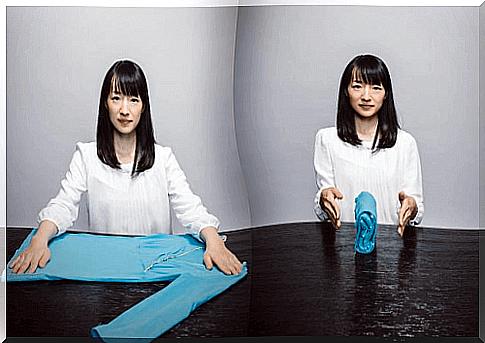
The keys to the Konmari method
Some people have a natural and almost obsessive taste for order, and others for disorder. We all know it. However, the magic point of this strategy is in an intermediate space where these two forces can balance each other, where we can come together and feel comfortable without coming to these two extremes. Thus, the ideal is to adjust the Konmari method to our needs and particularities.
“When you totally organize your space, you transform the place around you; the change will then be so profound that you will feel like you are living in a different space. ”
-Marie Kondo-
For example, it is clear that instead of talking to objects and seeing them as beings with souls, it is better to communicate with ourselves. “I get rid of this personal notebook because it was very useful and cathartic to me at a time when I was not doing well. Now my reality is different, I am fine, I have turned the page and I can say goodbye to him. “
We suggest that you reflect on the main points suggested by Marie Kondo through her method.
- Throwing is essential: we must stop attaching ourselves to material things.
- Keep only what gives you joy.
- Classify by categories and not by zones (we should not limit ourselves to one room in particular, the ideal is to start with all the clothes and then continue with books, papers, documents…).
- If possible, do it all at once.
- Treat your items with respect, say goodbye to them.
- Empty shoe boxes can be very useful.
- Do this tidying up on your own, you should see it as a private act.
- If there’s one thing you’re having a hard time getting rid of, ask yourself if it’s really useful in the present – that’s where the answer lies.
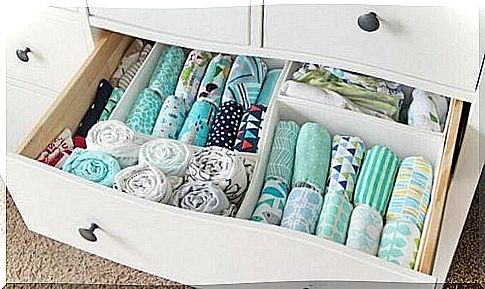
To conclude, the concept of order is, for Marie Kondo, in the utility, in the positive feeling which the objects confer on us and in the need to find this external harmony which is at the same time in harmony with our interior being. A house is not only a space for storage units, a home is a place where balance and, above all, happiness must reign.
